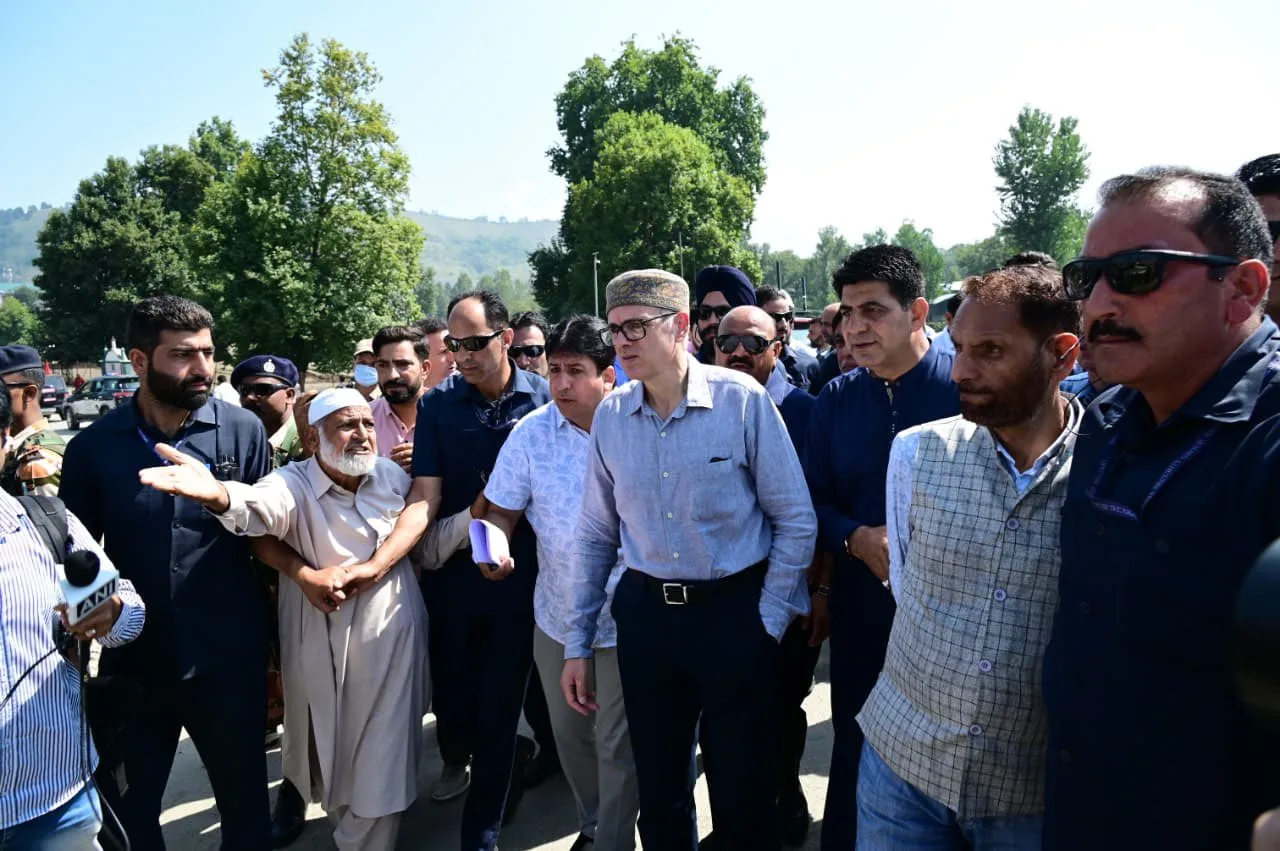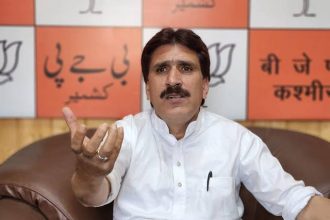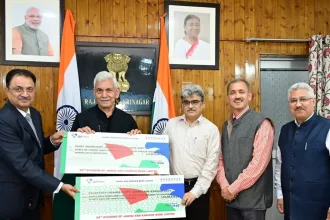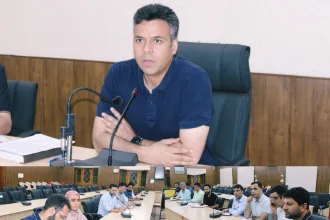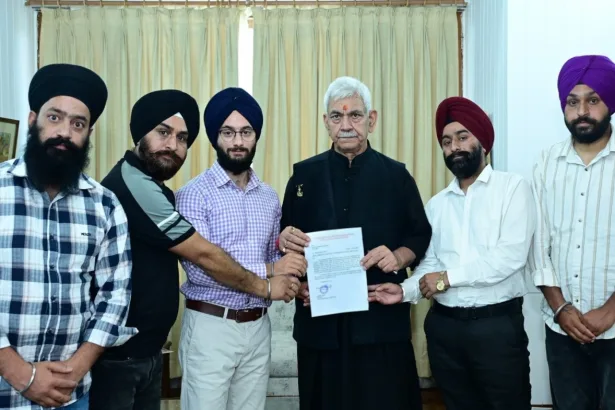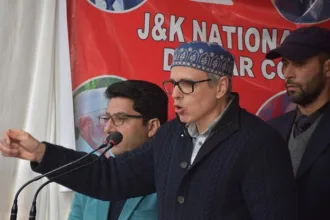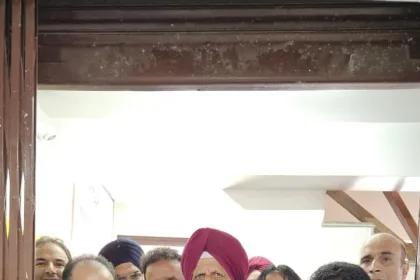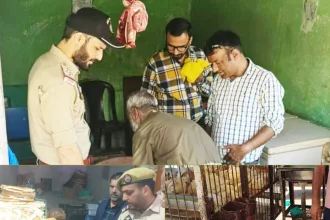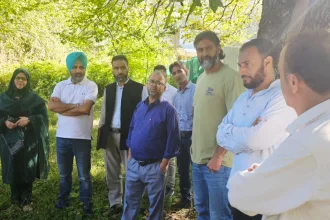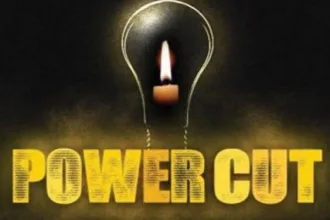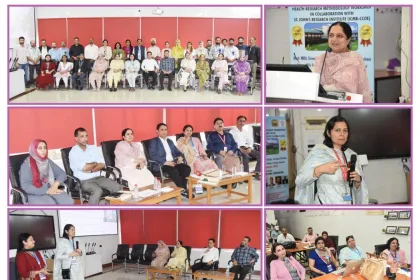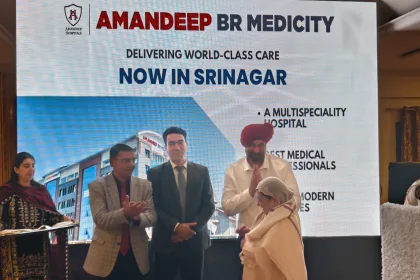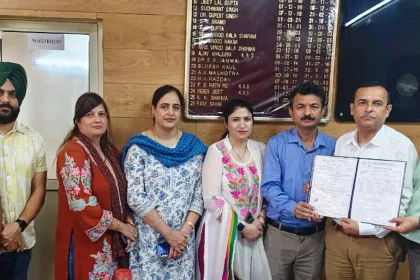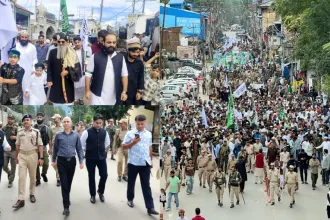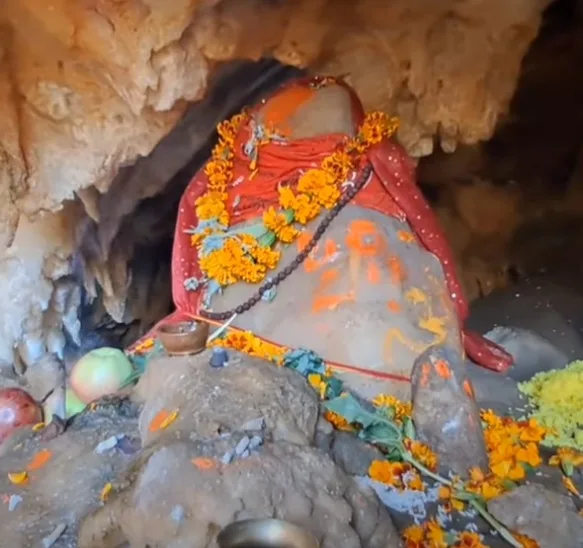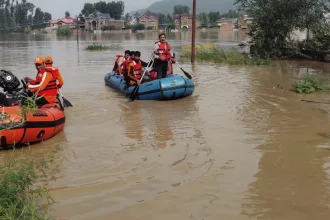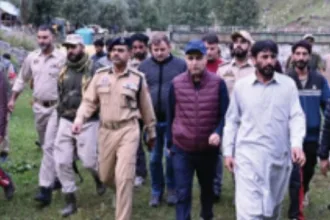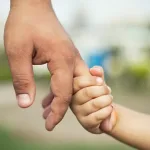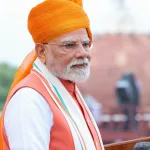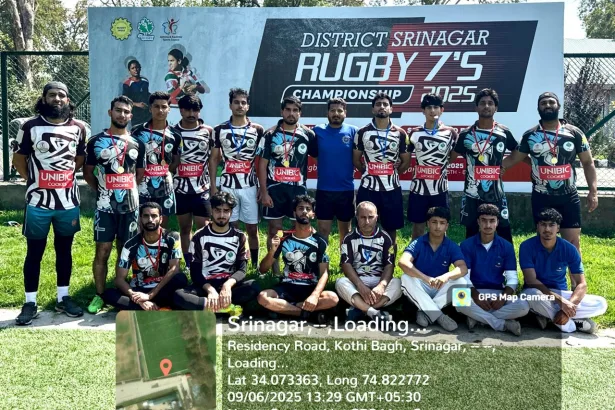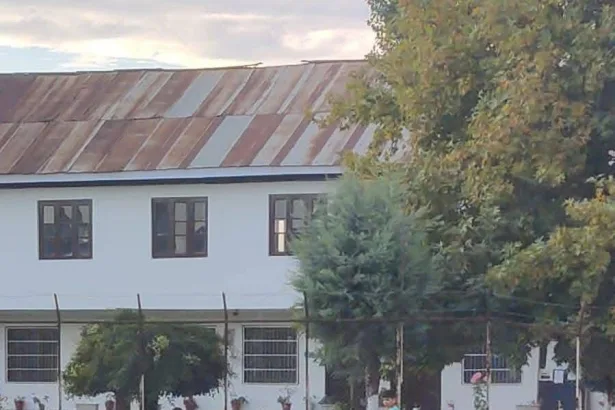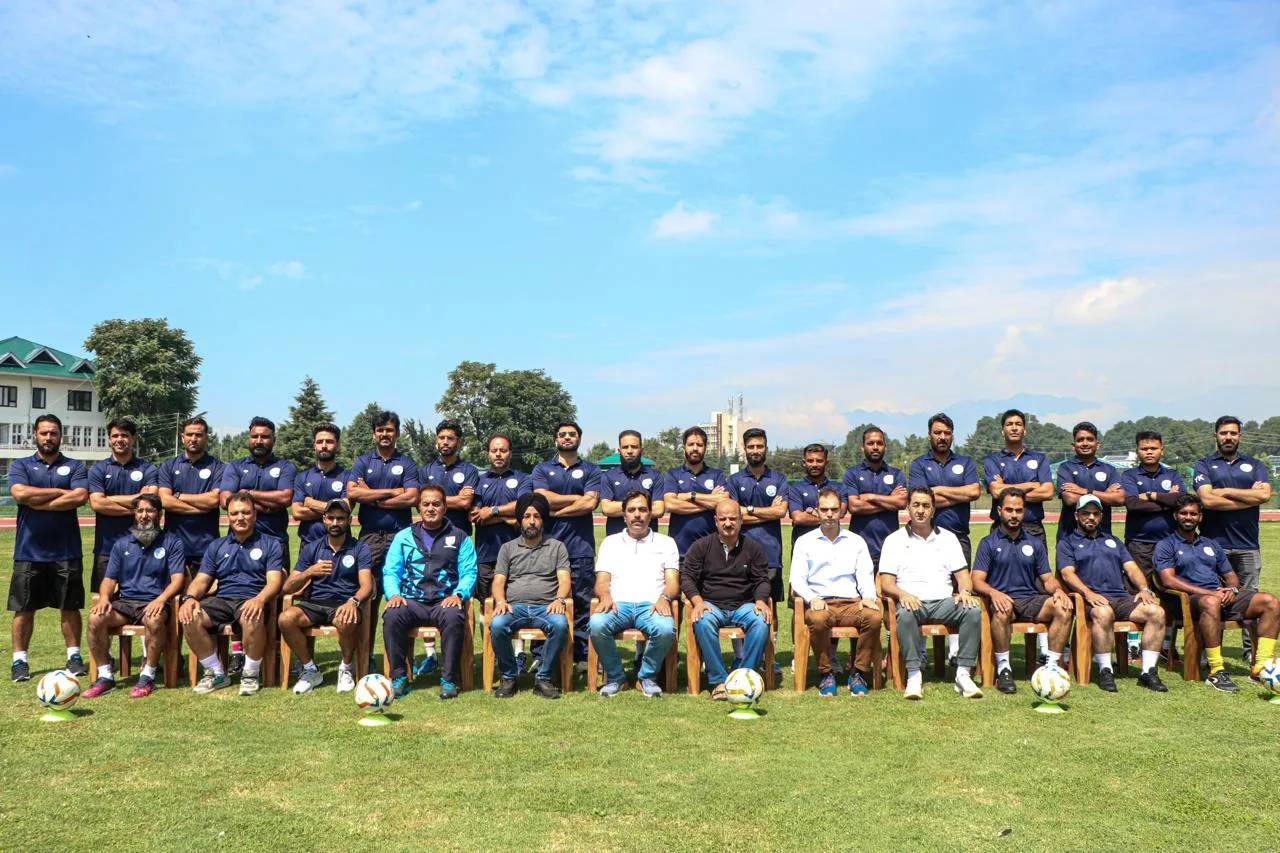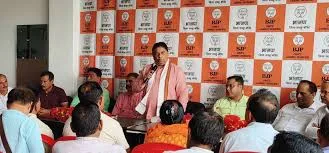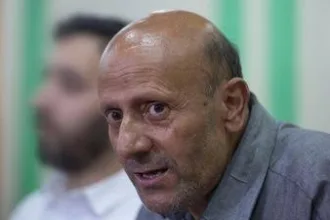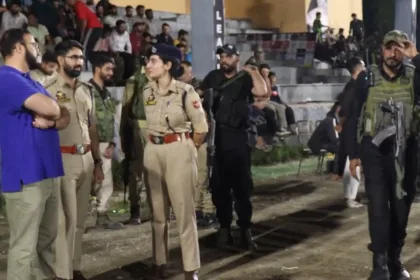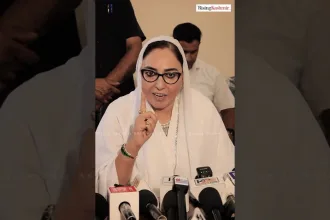Archives
- September 2025
- August 2025
- July 2025
- June 2025
- May 2025
- April 2025
- March 2025
- February 2025
- January 2025
- December 2024
- November 2024
- October 2024
- September 2024
- August 2024
- July 2024
- June 2024
- May 2024
- April 2024
- March 2024
- February 2024
- January 2024
- December 2023
- November 2023
- October 2023
- September 2023
- August 2023
- July 2023
- June 2023
- May 2023
- April 2023
- March 2023
- February 2023
- January 2023
- December 2022
- November 2022
- October 2022
- September 2022
- August 2022
- July 2022
- June 2022
- May 2022
CM Omar Abdullah visits flood-hit areas of Anantnag, assures relief, rehabilitation, long-term flood mitigation measures
Calls for comprehensive damage assessment, long-term planning to prevent recurrence of floods
LG assures fresh probe into Chittisinghpora massacre
Srinagar, Sept 06: A delegation of 35 Shaheed Singhs Welfare Organisation, Chittisinghpora led by its Chairman S. Jagjeet Singh called on Lieutenant Governor Manoj Sinha on Saturday. The members demanded…
Police launch drive against violations of Food Safety & Public Health norms
Anantnag, Sept 06: In a continued effort to uphold public health standards…
Dir Agriculture tours G’bl
Srinagar, Sept 06: Director Agriculture Kashmir, Sartaj Ahmad Shah, conducted an extensive…
KPDCL announces power shutdown
Srinagar, Sept 06: According to Chief Engineer KPDCL, in view of emergency restoration…
Aatif Qayoom elected president of Handwara Media Association
Handwara, Sept 06: Senior correspondent of Rising Kashmir, Aatif Qayoom, has been…
Air warriors trained for disaster management
Jammu, Sep 06: The State Disaster Response Force (SDRF) second battalion…
SDM Gool conducts on-site assessment of damages
Ramban, Sep 06: Sub-Divisional Magistrate (SDM) Gool, Imtiaz Saturday embarked on…
Admin, IAF airlift two critical patients from Latti-Marothi area
Udhampur, Sep 06: In a swift humanitarian response, the district…
Eid Milad-un-Nabi (SAW) observed with religious fervour
Kishtwar, Sep 06: The people of Kishtwar Saturday celebrated the auspicious…
Shivling unearthed in Ganderbal, bridging communities
Ganderbal, Sept 06: A Shivling-like structure was discovered on Saturday in a stone quarry at Checki Yangoora village near Manasbal in central Kashmir’s Ganderbal district, sparking a rare and heartening…
Putin Shows the Way
Amid the global economic crisis created by the isolationist policy of the United States (US)meant to browbeat India and…
Sports
BJP J&K to organise ‘Seva Pakhwada’ to celebrate PM Modi’s birthday
Jammu, Sept 06: Bharatiya Janata Party (BJP) Jammu & Kashmir General Secretary (Organisation),…



